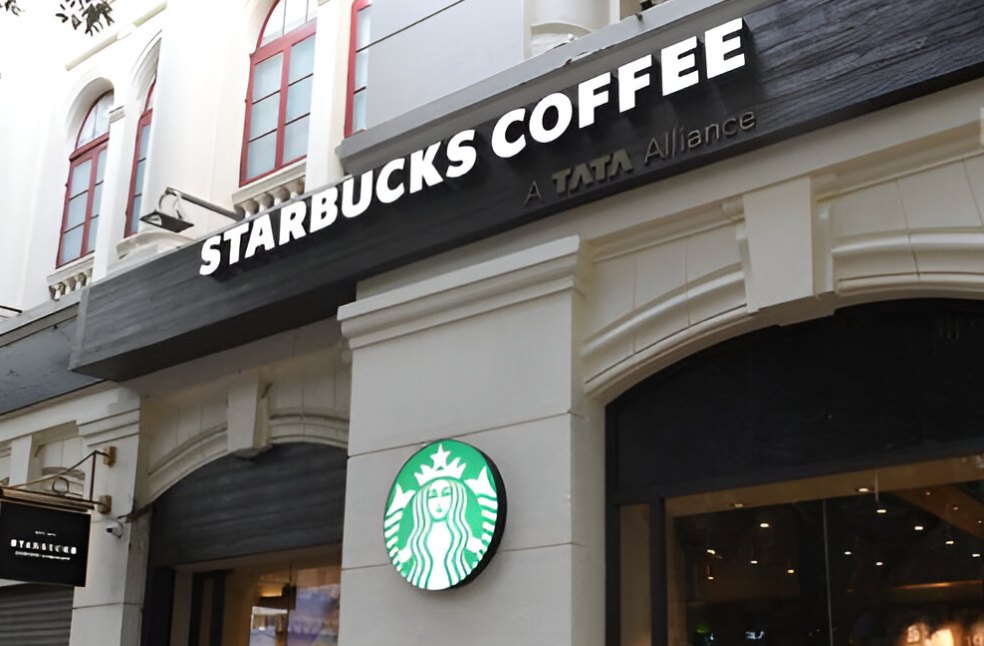United States: Starbucks’ new CEO, Brian Niccol, has revealed plans to simplify the coffee chain’s “overly complex menu” in a bid to win back customers and address declining sales. This initiative to simplify menu comes as the company encounters significant challenges, including a 7% drop in global sales from July to September, with a more pronounced 14% decline in China, where the economy is struggling.
During a recent statement, Niccol highlighted the need for Starbucks to “fundamentally change,” highlighting a review of pricing techniques as part of the company’s efforts to enhance customer satisfaction. The ongoing rise in living costs has contributed to reduced spending among Starbucks’ clientage, particularly in China, affecting overall sales.
Starbucks Chief Financial Officer Rachel Ruggeri noted that, “Despite our heightened investments, we were incapable of changing the trajectory of our traffic decline.” This acknowledgement highlights the pressing need for operational advancements, including addressing staffing shortages and streamlining customer service to ease bottlenecks.
In response to these challenges, Niccol engaged to refine the mobile ordering experience to ensure it enhances rather than overwhelms the in-store visit. He stated that, “We will simplify the menu, fix our pricing architecture, and guarantee that every customer feels Starbucks is worth it every single time they visit.”

Industry experts, such as Randeep Somel from L&G, support this move, indicating that a simplified menu could help ease long queues during peak hours and improve customer throughput.
Despite his background in transforming Chipotle, Niccol has faced criticism for his corporate travel plans, which involve commuting nearly 1,000 miles from California to Starbucks’ Seattle headquarters via corporate jet—an action seen as contradictory to the company’s environmental commitments.
Starbucks is set to release its full quarterly results next week, with shares dropping 4% after suspending financial forecasts for the approaching year due to the “current state of the business.”



